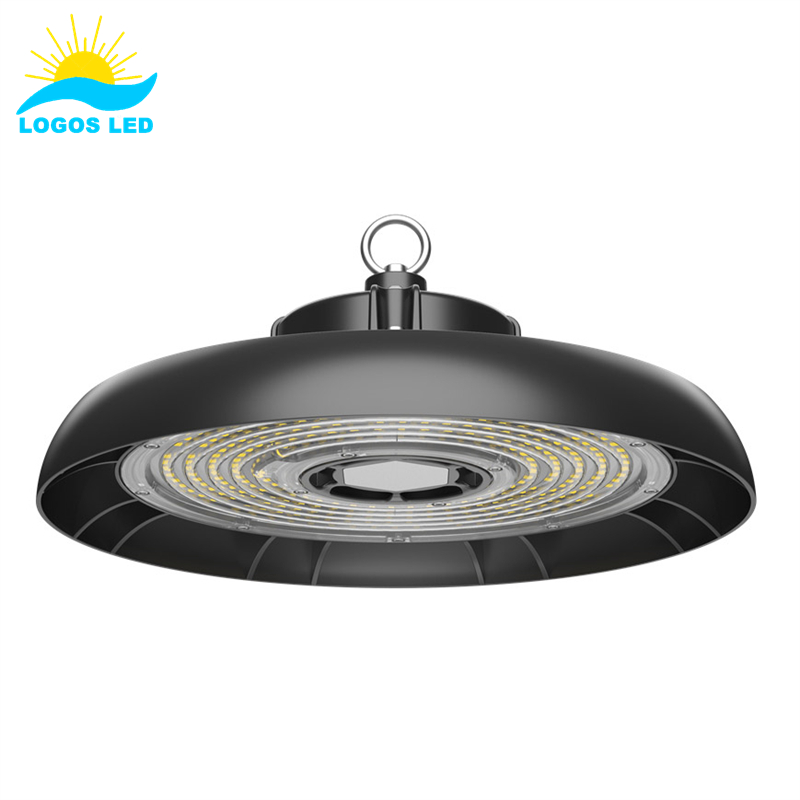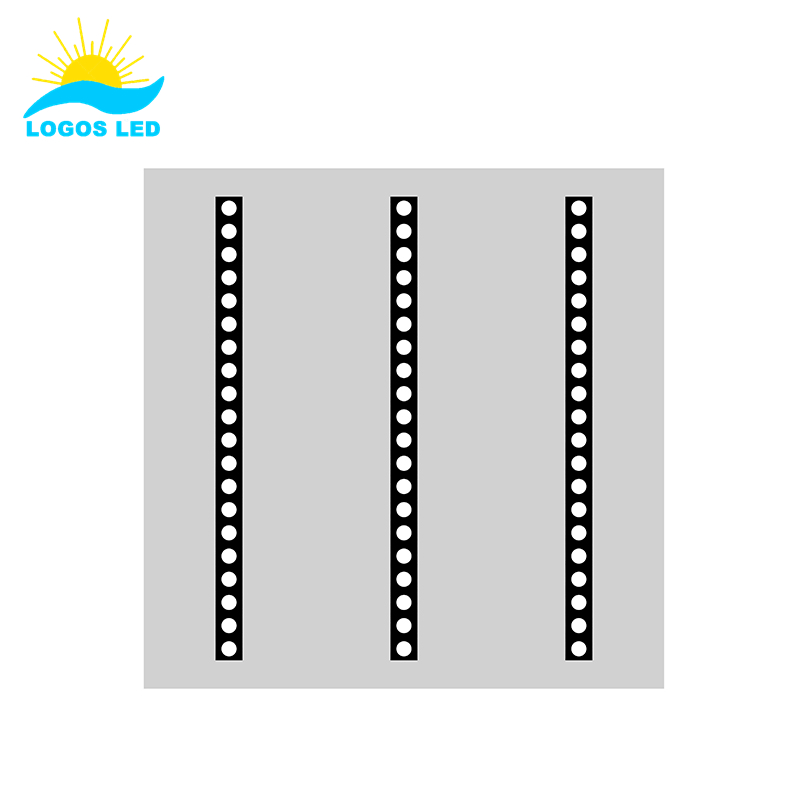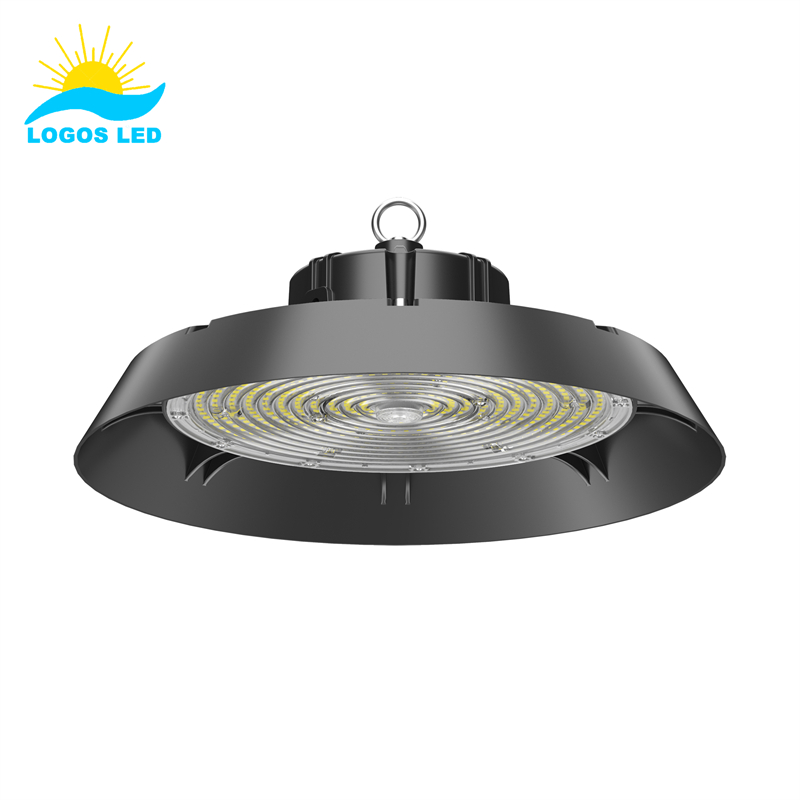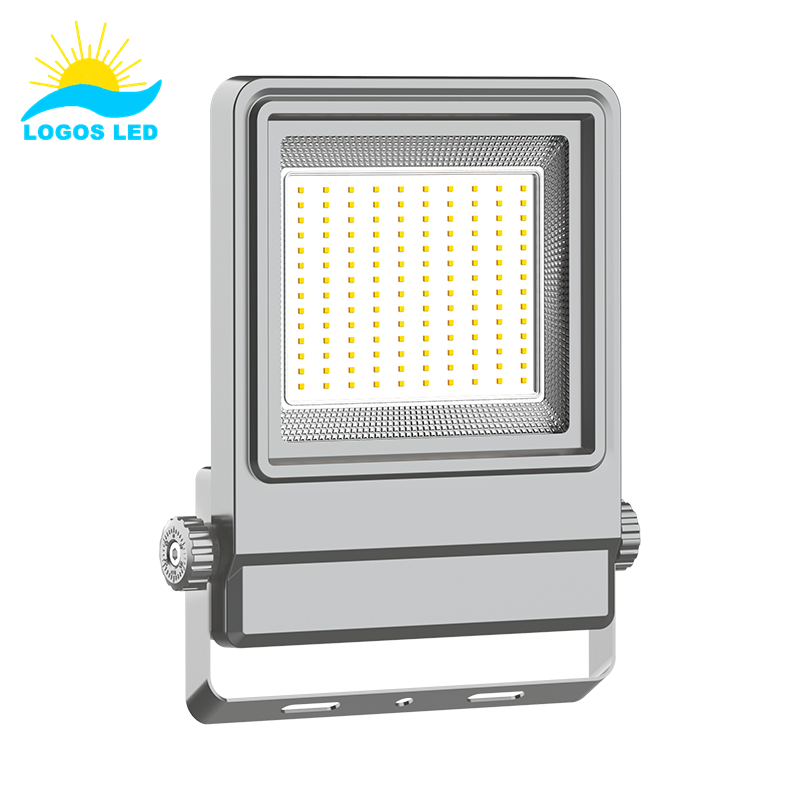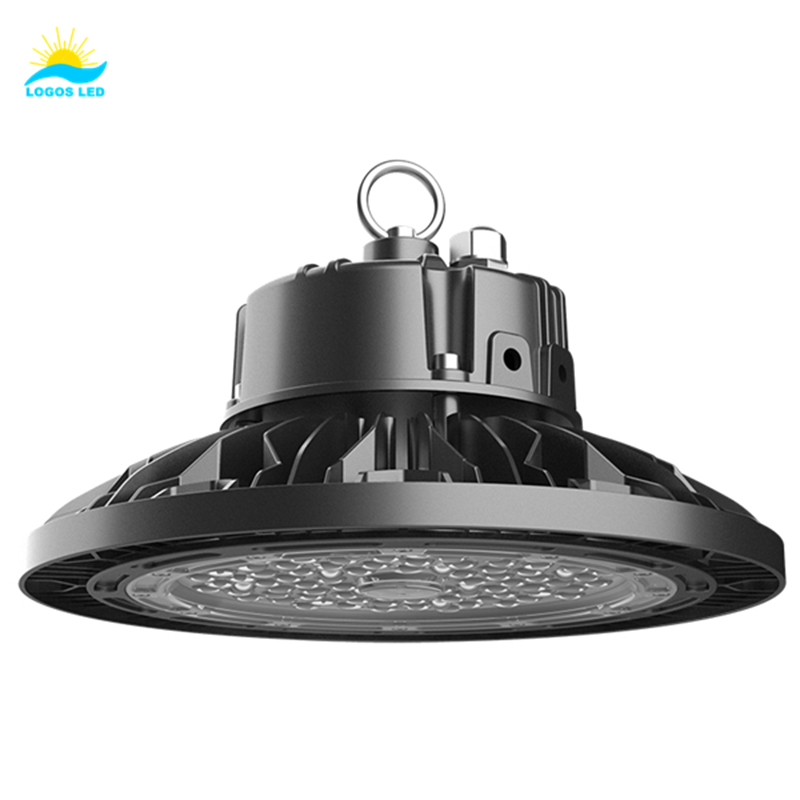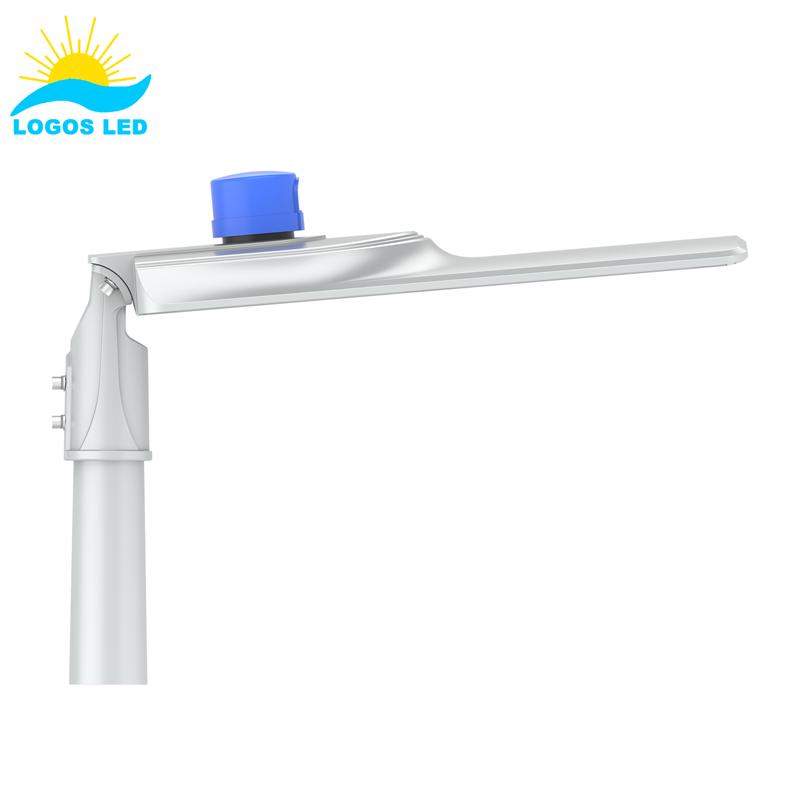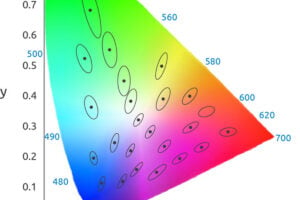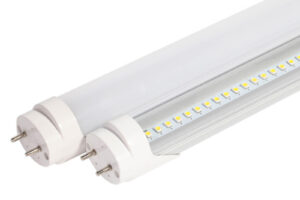Stadium lighting is, therefore, the incorporation of artificial lighting in the stadiums to help mimic the natural lighting during the day to ensure the continuity of the sports.
Due to the advancement of technology, there has been a massive improvement in the lighting of the stadiums where it becomes difficult to distinguish between day and night. Bright LED lights are now been used in many stadiums which are proving vital and necessary in the sporting world.
Table of Contents
Types of Sports Field Lighting
1. Football Field & Stadium Lights
2. Tennis Court Lights
3. Cricket Field Lights
4. Basketball Court Lighting
5. Golf Course Lighting
6. Baseball Field Lights
7. Volleyball Court Lighting
8. Badminton Court Lights
9. Table Tennis Court Lighting
10. Horse Arena Lighting
11. Race Track Lighting
12. Velodrome (Cycling Arena)
13. Gymnastics Lights
14. Snooker Table Lighting Fixture
15. Soccer Stadium Lights
16. Hockey Rink Lighting
17. Swimming Pool Lighting
LED Stadium Lights Design
1. High Power Lighting for Large Stadium (Lumen Requirement)
Generally, lighting supply has three classifications – amateur stadium lighting, semi-professional lighting, and professional stadium lighting. The various factors that differentiate the stadiums include uniformity, ground lux, and whether the sports are to be televised or not.
a. Class 1
The FIFA and UEFA lighting guide classify the training and recreational use grounds as Class 1. The grounds have nearly 200-lux horizontal illumination and around 0.5 uniformity. Some high school stadiums and sports lighting fall in this category.
b. Class 2
Stadiums in this category include some clubs and league stadiums with around 500 lux and around 0.6 uniformity. That is the football field lighting standard. The regulation also applies to semi-professional stadiums.
c. Class 3
The Class 3 stadiums include those that hold national games with around 750 lux horizontal luminance and around 0.7 uniformity. The standard is for professional stadiums, but those that are not ready for TV broadcasting. Some Class I stadiums might hold televised matches, particularly those with above 1000 lux levels.
The highly professional stadiums – those used for televised national and international games – have a ground lux that changes from 1000 lux to 1500 lux and the uniformity ranges between UI at 0.1 and U2 at around 0.8. Such grounds have cameras to broadcast any big event. Therefore, the fields should have higher-quality lights.
The exterior lighting levels are lower than the daylight levels and are usually low than for the same sports played in indoor settings. That is because the subject contrast is higher outdoors, with the adaptation levels and dark sky backdrop. The illuminance levels highly depend on the difficulty level of the task.
2. Flicker-Free Lighting for 4K & 8K TV Broadcasting
Proper lighting is crucial for sports broadcasting, especially with the advent of 4k and 8k televisions which show HD pictures and allow viewers to take in even the minutest details in a picture. Today, cameras must let in not only the right amount of light but also ensure that the quality of light they use correctly depicts the colors on the ground in addition to adhering to the Television Lighting Consistency Index’ set out by the European Broadcasting Union. Flicker-free lighting not only meets these standards but also offers the following benefits for UHD sports competition broadcasting:
a. An enhanced experience for viewers
Flicker-free lighting allows cameras to capture every single moment in a sports competition which means that fans can enjoy the full experience of a game. In addition, viewers have a clearer view of what is happening as they will not be distracted by flickering lights which ensures that they enjoy the game even more.
b. Greater picture quality
Flicker-free lighting also ensures a glare-free experience for broadcasters which allows them to pan further across the field and results in a clearer picture overall.
c. Lighting uniformity
Broadcasters can enjoy greater vertical and horizontal uniformity since they will not have to worry about adjusting lighting and cameras to avoid flickering lights.
d. Clearer TV broadcasts
Flicker-free lighting is designed to ensure the production of high-quality pictures that work best with UHD TVs such as 4k and 8k. This allows viewers to see even the smallest of details and also allows for playbacks so they can replay their favorite moments
Flicker-free lighting ensures a clear, high-definition, and enjoyable experience for 4k and 8k television users. In addition, broadcasters can ensure greater picture quality and lighting uniformity in order to give their viewers an unmatched sports competition broadcasting experience that will ensure that they keep coming back for more.

LED Stadium Light
3. Anti-glare Illumination for Sports Players
Participating in sporting activity in the presence of external light sources such as the sun or bright light facility lighting can be stressful, especially for athletes. Moreover, according to most lovers of sports, it is the potential reason for performance errors.
a. What is glare
Two types of glare effects can result in disruption of performance. Namely,
•Discomfort glare – shielding one’s eye or the urge to look away
•Disability glare – a more serious issue that leads to loss of visibility of particular objects
b. Effect of glare on athletes
Some of the objects that an athlete may not see include those that have low contrast relative to the background, for example, a white ball in the background of fans wearing light-colored attire. Other factors may include the angle as well as the spectral distribution of light. It is in this regard innovative anti-glare solutions have since been introduced to both pro and amateur athletes to ensure the effects of glare are limited.
Anti-glare lighting is one such innovation that has significantly played part in helping sportspeople compete in an ideal lighting environment. This is an expert light distribution technology with stable lighting performance. And, apart from the benefits of “friendly lighting”, anti-glare lighting is more energy-efficient and also good for the cameras.
The technology is scrutinized, designed, and built to reduce glare and provide balanced, comfortable lighting in the pitch. It comes with an adjustable illumination field and an anti-glare system, which reduces stadium-operating costs and provides a stable lighting performance.
Apart from the athlete perspective – anti-glare lighting for athletes, there is also the perspective of the spectator. It delivers a great entertainment experience without witnessing lighting issues during play. User experience is key in every sporting event and it is, and for this reason, stadiums should focus their energy on investing in the ideal glare-free lighting system.
4. Installation Height of Sports Lights
Both professional stadium lighting and amateur grounds such as school stadiums, and lighting mounting have to comply with scientific methods. UEFA and FIFA standards require LED lighting installers to consider various installation aspects such as the pole quantity, the field size, pole height, and the expected ground lux.
a. Four corners guidelines
In four corners lighting, the stadium lights installers have to locate the masts in four corners of the stadiums. The light beams will converge from these four corners to the stadium’s center. In such cases, the installation masts should be as high as possible – in the case of professional stadiums – so that the light can travel more efficiently to the center part of the stadium while maintaining uniformity and good anti-glare.
If the masts are very low, the light might not reach the middle area and keep adequate brightness – the distribution of brightness will suffer. To make uniform lights, you should stick to an installation height of around 30 meters in the Class 1 stadiums. That way, you will enjoy higher-quality projection.
b. Four poles at the center of the stadium
This method of stadium light installation involves the installation of four masts at the center part of the stadium – on two sides. The light beams travel from the four masts to the entire stadium. Therefore, during the design phase, the installers have to consider the four corners. The mast has to be high but not as high as expected with the four-corner lighting method.
c. 6-8 pole distribution
At times, people choose to install 6-8 masts. In such cases, the height of the mast should not necessarily be very high because the many poles allow for uniformity and better distribution of light. In training courts, high school, and college sports lights installation, you are likely to find 8-12 meters high masts. The installers place the 6-8 masts in equal distances and designing for the light distribution is easier when the masts are more. On the downside, you will have to spend more on the poles or masts. Taller masts are more expensive than short ones. Therefore, you have to consider all the factors carefully during the installation.
5. Color Temperature
There are many types of researchers who have conducted studies that prove that lighting color can affect your mood. Even without a degree in psychology, we know about Seasonal Affective Disorder and the sadness that can creep in during the cool, dreary winter months.
When the sun comes out, moods can drastically change for the better. Using the knowledge of the power of color psychology and color temperature, designers and architects of the world can create offices, homes, buildings, and sports stadiums that are designed to produce positive effects on the people who will be spending time there.
a. Light therapy
Light therapy studies have determined that different light colors can affect not only people’s moods but their heart rates and circadian rhythms as well. Different intensities of light can cause the body to release certain hormones. It only makes sense that the amount and type of light can affect performance for both fans and sports players as well.
b. Higher vs lower color temperatures
Higher color temperature has been known to release serotonin which can positively impact our moods. These color temperatures help to create a vibrant and refreshing mood for people who are under them.
A lower color temperature, in comparison, will produce melatonin, the hormone that helps us to unwind and relax at the end of a long day. These color temperatures provide feelings of coziness and are great to use when you want to welcome people to your home.
c. Determining color temperature
Color temperatures over 5000 K are considered to be cool colors, while lower values (2700-3000K) are considered warm.
d. A new era of LED lighting for stadium
Why should the theory of color temperature apply only to offices and homeowners, though? A new trend that sports fans are coming to take note of is that stadiums and sports arenas are slowly beginning to install LED lighting systems. Not only do these LED lights provide facilities with a whopping 70% savings on their energy costs, but they provide an enhanced experience for both the fans and the athletes on the field. Sports lighting can improve the presentation of the game and provide crystal clear replays on the big screen, all enhancing the viewing experience for the fans in the crowd.
The athletes, on the other hand, also appreciate the switch to LED lighting systems in the stadiums. Improved lighting helps the players to perform better and goalies are especially able to appreciate the brightness of the LED lights as it helps them to track the ball better. When the stadiums are brighter, it allows the release of serotonin in the players which will not only improve their mood but their performance levels as well. In stadiums that have lower color temperatures, the fans are not only not as excitable about the game at hand, but the players are also more likely to experience releases of melatonin instead of serotonin.
6. Color Rendering Index (CRI) of Stadium Light
Not all lights are the same. Many mediocre incandescent and LED lights available in the market utilize less energy but emit white light which is of extremely low quality. In stadiums and field photography where appearance and quality are of paramount importance, you can’t compromise the light quality and go for low CRI. Precise and accurate discrimination of colors is crucial in visual arts and photography and that is where the Color Rendering Index plays a vital role.
a. What is the CRI?
Color rendering index or CRI is the measure of the accuracy of the object’s colors when it is illuminated by the light source. The index is measured in the range of 0-100 where 100 represents the perfect illumination of the object under the light source. This means that the object will appear the same as it would appear under natural sunlight. In short, CRI gives a measure of naturalness, vividness, preference, hue discrimination, and color accuracy. Low Sodium vapors lamps have CRI close to 0 while high-quality incandescent lamps and LED lights score close to 100.
b. What is a good CRI score for LED sports lighting?
While buying LED sports lighting, you must take CRI into account. It is essential to go for a high CRI rating of 90+ when an accurate color presentation is a must. A score greater than 80 is acceptable for most sporting applications but for detailed photography and true video streaming, you must aim for a CRI score over 90. A score greater than 90 is considered a “High CRI” light. Such lights render beautiful vibrant color tones across the entire color spectrum. Also, you can blend high CRI and color temperatures in LED sports lights to achieve the desired configuration.
However, CRI is not a stand-alone parameter to consider. Energy consumption and light durability matter as well. But CRI is one of the most important factors when buying LED sports light fixtures.
7. Waterproof Outdoor Lighting Fixtures
Waterproof lighting fixtures bear certain characteristics that make them ideal for outdoor sports. Not only are they being tough and durable, but they also have powerful bulbs and are easy to install.
The best thing about waterproof lighting equipment is the fact that it can withstand moisture. They will continue to work despite the rain and strong winds. Furthermore, they can also withstand snow and extreme temperatures, all of which are quite common in most outdoor stadiums and sports fields.
8. Stadium High Mast Lighting Control
If you’re a football fan/player, then you must be aware that there’s so much more to having fun on the field than playing the game itself. Stadium lights, for example, offer a thrilling experience while enhancing security features both within and outside the stadium. In fact, they have several other applications apart from these two prominent ones. But that’s not what we are discussing today. Instead, let’s focus on how to control high-mast lighting in a football stadium.
a. Lux Level/Brightness
This majorly depends on whether you’re planning on having the game televised or not. Televised games require more light to give camera people ample time in recording, so they don’t have to keep adjusting their camera angles. For instance, for high-end competitions such as the famous world cup, FIFA recommends 2400lux as the highest level of illumination hitting a player’s face and 3500 lux as the horizontal one. But if yours is a community recreational area, then you can comfortably do with at most 2000 lux. And 500 lux goes for college or high school fields.
b. Achieving Uniformity
Uniformity is key when it comes to achieving perfect lighting in the football stadium. This typically refers to the even distribution of light across the area. And it ranges from a scale of 0 to 1. So, you should always ensure that the lux level on all high mast lights remains similar, for example between 550 to 600 so that the uniformity will be near 1, which is closer to the FIFA requirement of 0.7
c. Achieving A Cool Temperature
An average football ground requires a color temperature of more than 4000K. So, it’s always safe to work with 5000K to around 6000K. This way, you will achieve a cool white illumination, which is similar to that of daylight. This is both beneficial to the players and their fans. And that should be the ultimate objective. There’s no way you can separate good lighting from a great game!
LED lights are energy-saving and are a clear winner in every aspect of light. We offer free lighting design services to better assist your sports lighting projects. Please feel free to contact us if you have any questions.
Request A Free Quote Now!
Send us a message if you have any questions or request a quote. We will get back to you ASAP!



